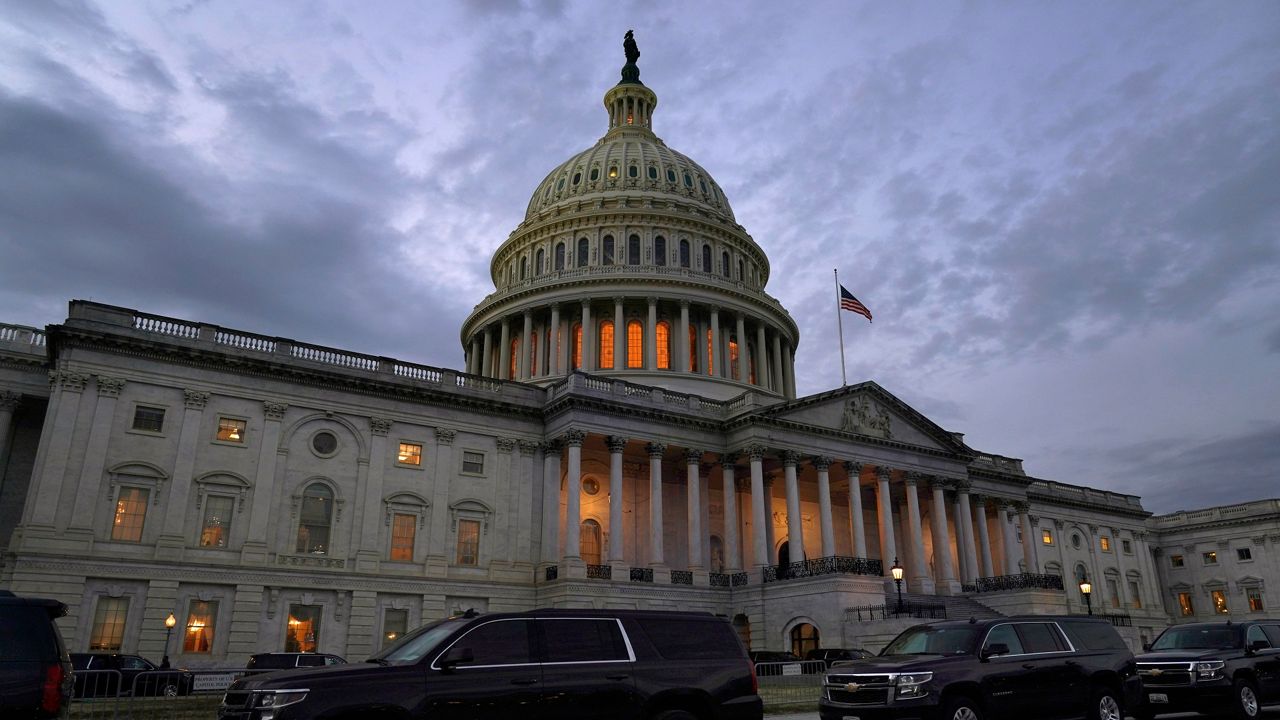LEXINGTON, Ky. — A reauthorization of the Violence Against Women Act (VAWA) recently passed by the U.S. House of Representatives contains provisions that use grant money to mitigate abuse and violence against women. Domestic violence has increased in rural areas during the pandemic, where women have a more difficult time seeking help because of isolation and lack of available resources.
What You Need To Know
- Violence Against Women Act enacted in 1994
- Changed in 2014 to include same-sex couples
- Lack of resources, communication hamper reports from rural areas
- Isolation with abusers during pandemic part of reason for increase
First adopted in 1994, the VAWA has evolved to meet the needs of those it was initially intended to protect. It was amended in 2014 to extend provisions to same-sex couples.
“Preliminary research from radiologists and anecdotal information from those who work with domestic violence victims show that across the board, incidents of domestic violence in rural America are up,” Liz Carey reports for The Daily Yonder. “Researchers at the Southwest Rural Health Education Research Center found that the prevalence of domestic violence-related emergency department visits among women in rural settings was higher than in nonrural settings in all regions of the country except the Midwest.”
Nearly 16% of rural women out of every 100,000 visited an emergency room because of a domestic-violence incident between 2009 and 2014 compared to 11.9 urban women out of 100,000. However, a World Health Organization study revealed that more than 60% of women who experienced domestic violence did not report it or seek help. Carey wrote about a shelter worker who said the conservative culture and religious norms could keep an even higher percentage of rural women from reporting domestic violence.
Health officials and advocates have been concerned domestic-violence cases would increase during the pandemic and make it even more difficult for victims to get help. According to the United Nations Secretary General’s policy briefing, quarantine and movement restrictions have further isolated many women trapped with their abusers from friends, families, and other support networks. The closure of nonessential businesses means workplaces no longer provide respite for many survivors, and heightened economic insecurity makes it more difficult for them to leave. The U.N. briefing also said those who manage to reach out, overstretched health, social, judicial, and police services are struggling to respond as resources are diverted to deal with the pandemic.
“Trapped alone with their abusers, women faced the prospect of higher tension, lower-income, and increased substance use — triggers for domestic violence,” Carey reported. “At the same time, it was harder for women to reach out for help because of barriers like lack of transportation and independent income.”
In the latest reauthorization of the VAWA, lawmakers aim to strengthen protections for women facing sexual violence by ensuring that nontribal offenders on tribal lands can be held accountable and close the “boyfriend loophole,” which would bar anyone convicted of stalking from obtaining a firearm. Revisions that could help rural women more than others include funds for housing vouchers to help victims in federally-assisted housing relocate quickly and the ability to obtain unemployment insurance if one has to leave a job because of concerns for one’s safety.
Li Zhou of Vox reports the bill will likely have trouble passing the Senate because of the gun-loophole closure.
“As a survivor and a member of Congress, I want to use my power to protect other people from what I have experienced,” Rep. Gwen Moore, D-Wis., one of the co-sponsors of the bill, said in a statement. “With domestic violence cases on the rise during the pandemic, we need the Violence Against Women Act signed into law now.”
A report from the National Commission on COVID-19 and Criminal Justice found an 8% uptick in domestic violence reports since stay-at-home orders were issued. Research from Brigham and Women’s Hospital in Massachusetts also saw an increase in emergency room patients with injuries from such incidents.
“This reauthorization would significantly increase funding for rape prevention programs,” said Allison Randall, the vice president for policy for the National Network to End Domestic Violence. “The longer it takes means more survivors won’t benefit.”
In the summer of 2020, researchers found a significant year-over-year jump in intimate partner violence cases during the first few weeks of the pandemic. The study, published in the journal “Radiology,” found that twice as many patients were coming to emergency departments with domestic-violence-related injuries.
While reporting abuse on the National Domestic Violence Hotline, 951 callers between March 10-24, 2020, mentioned COVID-19. One caller said she was “being kept home against her will after being threatened by her abuser with a hammer and an unregistered gun;” he was reportedly “using the pandemic as an excuse to stop her from leaving him,” according to an article in The Guardian.
Eighteen of 22 law enforcement agencies polled by NBC News in early April 2020 stated there had been a rise of reports in the previous month.



